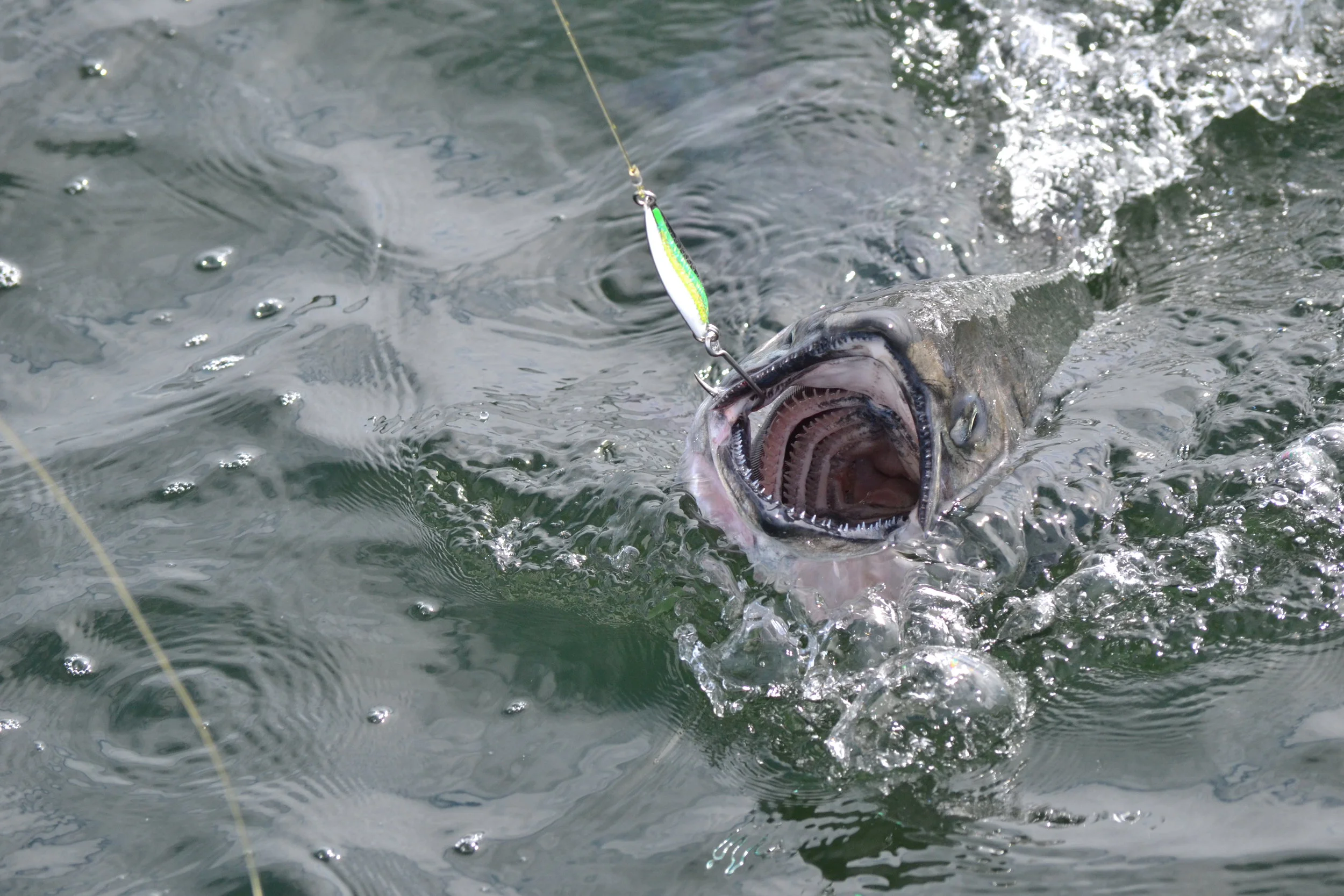ALFA Members,
NOAA recently released their annual stock status document, which stated that the number of overfished stocks in the U.S. are at an all time low. According to NOAA fisheries, overfished is when a specie's population has become too small for harvest. Compared to overfishing, which occurs when the rate of catch is too high. NOAA's annual report found 35 of 235 stocks to be overfish. This is the lowest number since 2000.
This report sparked a debate among fishermen concerning fishery regulations and sources that should be used to inform management decisions, such as peer-reviewed science. Many conservation groups and commercial fishing industry members argue that this will undermine all rebuilding and management efforts. On the other hand, sport fishermen are arguing that they are unfairly managed in conjunction with commercial fishermen and the regulations need to be updated.
ALFA's own Linda Behnken was featured in this article stating her opposition to curbing science-based management. Linda shared that,
“Conservation management becomes moot if the recreational sector is exempted from annual catch limits, or if alternative methods of assessing fish stocks are adopted instead of the current science-based approach.”
The reauthorization of the Magnuson-Stevens Act will be a major deciding factor in this debate. To help sustain our fisheries and support a continuing legacy of science-based fishery management, click here to sign a letter supporting the Act and share your thoughts with Senator Sullivan.
The full news article by Adam Allington can be found here.
Banner image courtesy of Alyssa Russell





